Land Preparation: Approaches, Steps, and Factors to Consider.
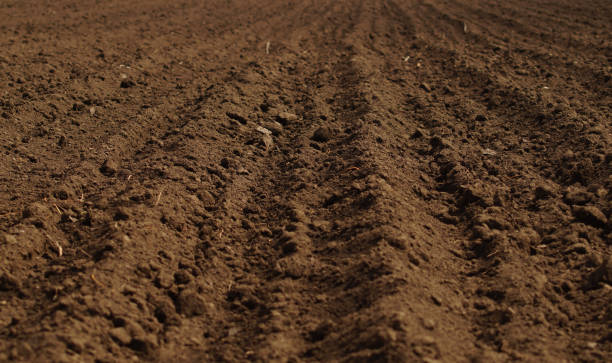
Welcome to our comprehensive guide on land preparation for farming! Swipe through to learn the essential steps for maximizing your harvest
Land preparation, often synonymous with tillage practices, involves the deliberate process of readying the soil to foster enhanced agricultural productivity.
As one of the initial tasks undertaken on the land, the manner in which land preparation is conducted can significantly impact future weed and pest management, safeguarding the soil’s integrity.
Adhering to meticulous procedures during land preparation is essential for enhancing soil properties and ensuring optimal success in agricultural endeavors.
Approaches to Land Preparation:
Welcome to our comprehensive guide on land preparation for farming! Swipe through to learn the essential steps for maximizing your harvest
Land preparation, often synonymous with tillage practices, involves the deliberate process of readying the soil to foster enhanced agricultural productivity.
As one of the initial tasks undertaken on the land, the manner in which land preparation is conducted can significantly impact future weed and pest management, safeguarding the soil’s integrity.
Adhering to meticulous procedures during land preparation is essential for enhancing soil properties and ensuring optimal success in agricultural endeavors.
Manual Method
The manual method involves activities like weeding with hoes, cutting with a cutlass, and clearing the field by handpicking. These methods are accessible to everyone and require low to no financial outlay.

Mechanical Method
The mechanical method involves using machines like bulldozers, graders, and tractor plows to remove current vegetation. Ideal for large farms or densely forested areas, mechanized methods offer efficiency where manual labor falls short.

Chemical Method
The chemical method involves using herbicides to eradicate current vegetation or weeds on the land. However, it’s not frequently used due to concerns about soil nutrient depletion and environmental impact.
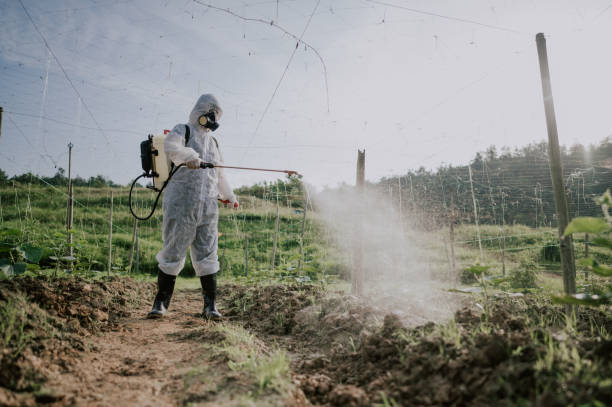
STEPS TO TAKE IN PREPARING YOUR LAND FOR PLANTING
STEP 1: Land Clearing
Removing vegetation like trees, shrubs, and weeds creates space for planting. Whether it’s manual or with machinery, this step sets the stage for successful cultivation.
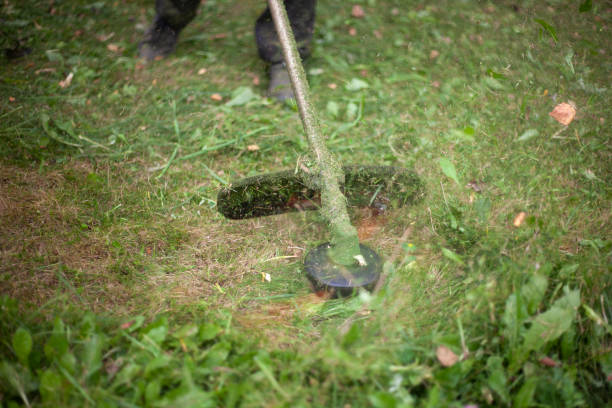
Step 2: Plowing.
Breaking up the soil improves aeration and water infiltration, essential for healthy plant growth. This can be done manually or through tractors equipped with plows to ensure thorough tillage of the land.
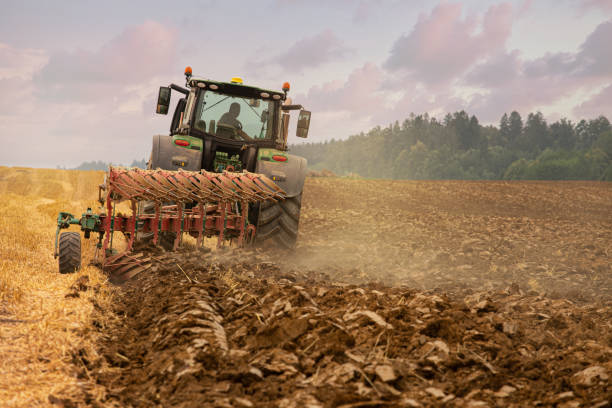
Step 3: Creating Planting Beds:
Elevating rows of soil like ridges and raised beds improve drainage and provide aeration for roots. Choose the method that suits your crops and soil conditions.
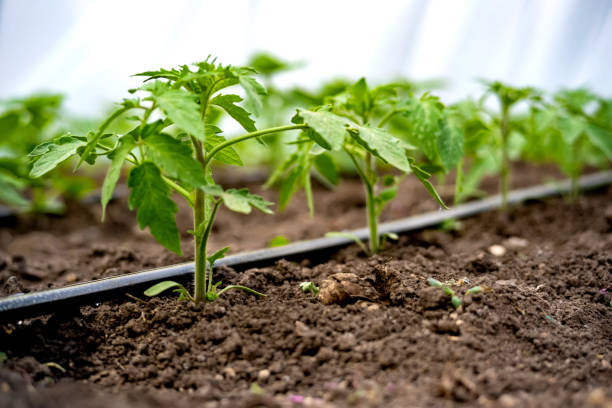
Types of Planting Beds
- Ridges are ideal for crops like maize and legumes,
- Raised beds for tomatoes, peppers and vegetables
- Heaps: for cassava, yam and other tubers.
Each promotes optimal growth conditions.
Step 4: Adding Organic Matter:
Incorporating compost or manure enhances soil fertility and structure, promoting healthy plant growth. Give your crops the nutrients they need to thrive!
Step 5: Weed Control:
To prevent competition for nutrients, water, and sunlight by weeds, You need to start employing weed management processes even before you start planting. Whether through herbicides or manual weeding, keep your land weed-free for optimal yields.
COST IMPLICATIONS
Consider the Costs according to your peculiarity. Land preparation expenses vary based on factors like land size, labor, machinery, and inputs. Find the balance that works best for your farm’s budget and needs.
Manual vs. Machinery:
While manual labor may be cost-effective for small-scale farmers, machinery can speed up the process and increase productivity in the long run. Choose the method that suits your farm’s scale and resources.
Conclusion:
Land preparation is a crucial step in farming that requires careful planning and execution. By understanding the various activities involved and their cost implications, farmers can optimize their land for successful crop production. Happy farming!
